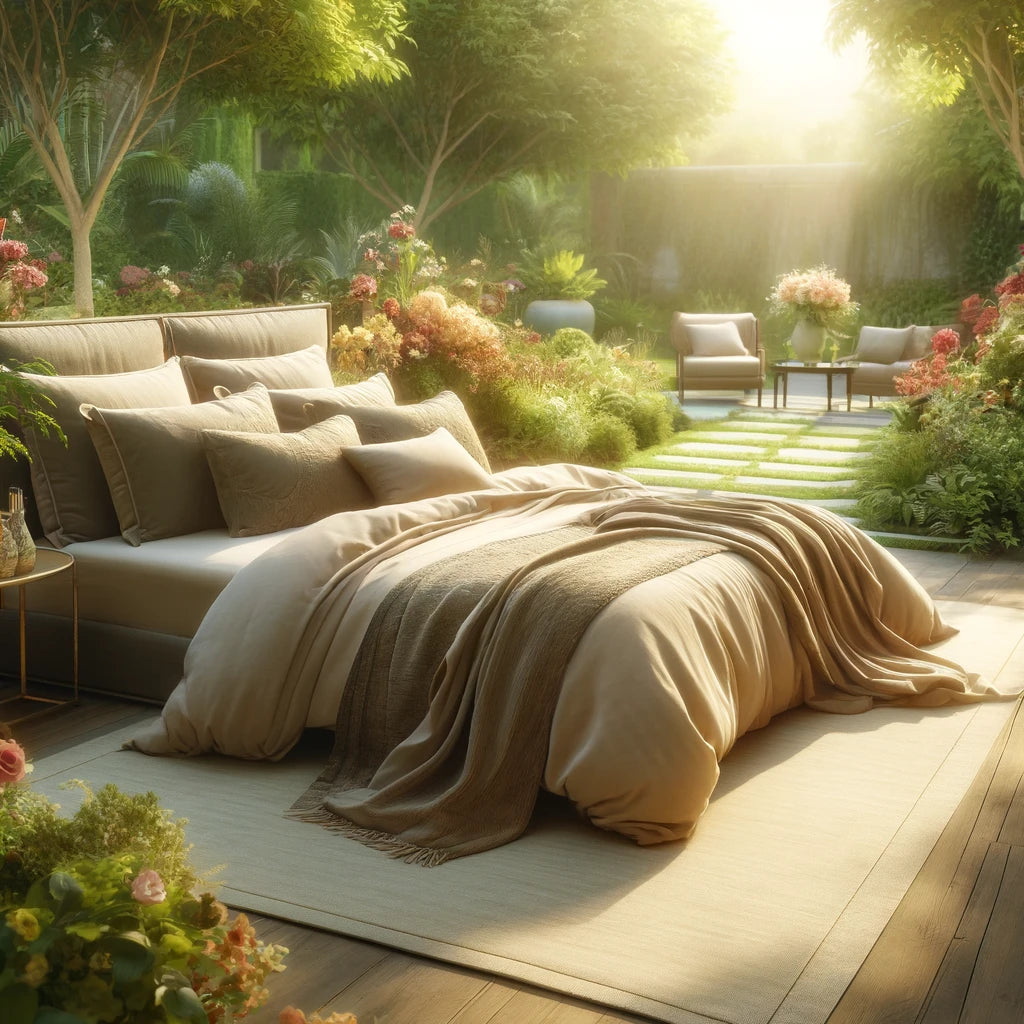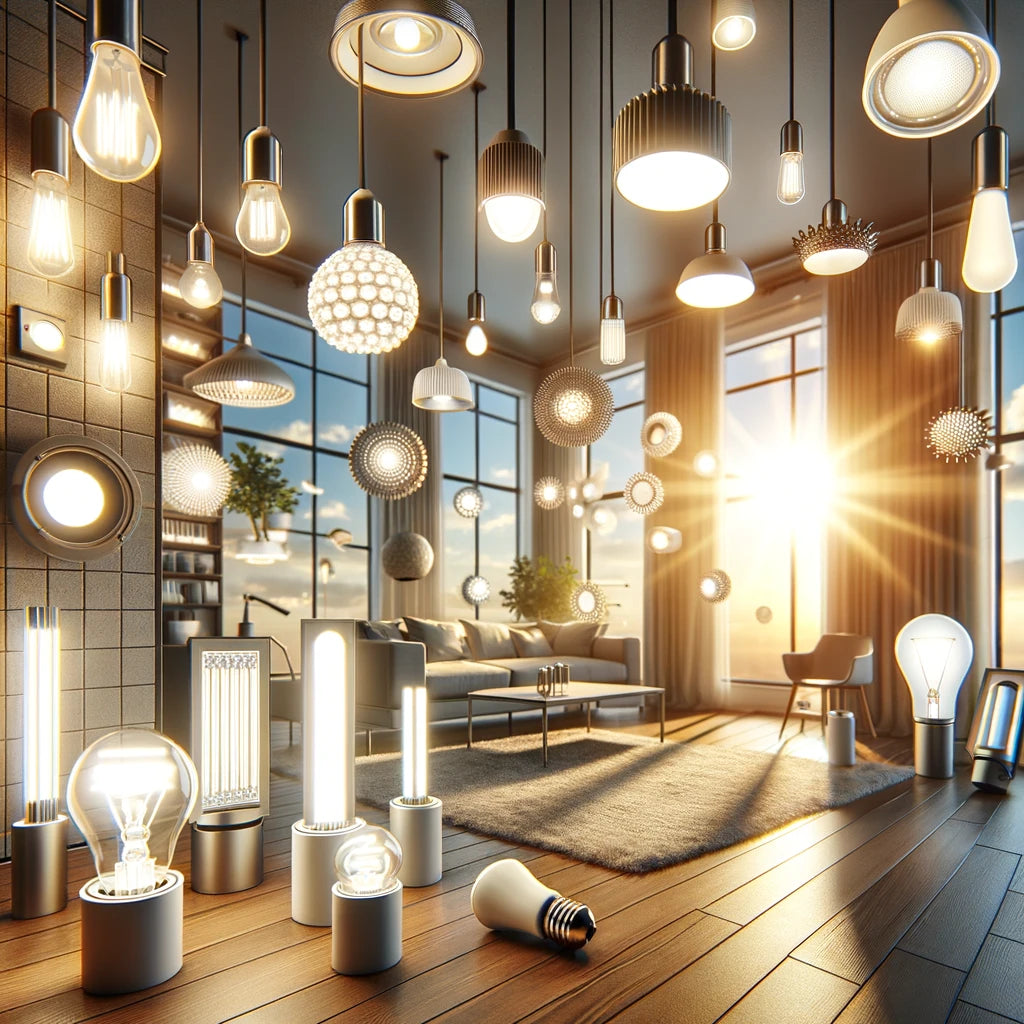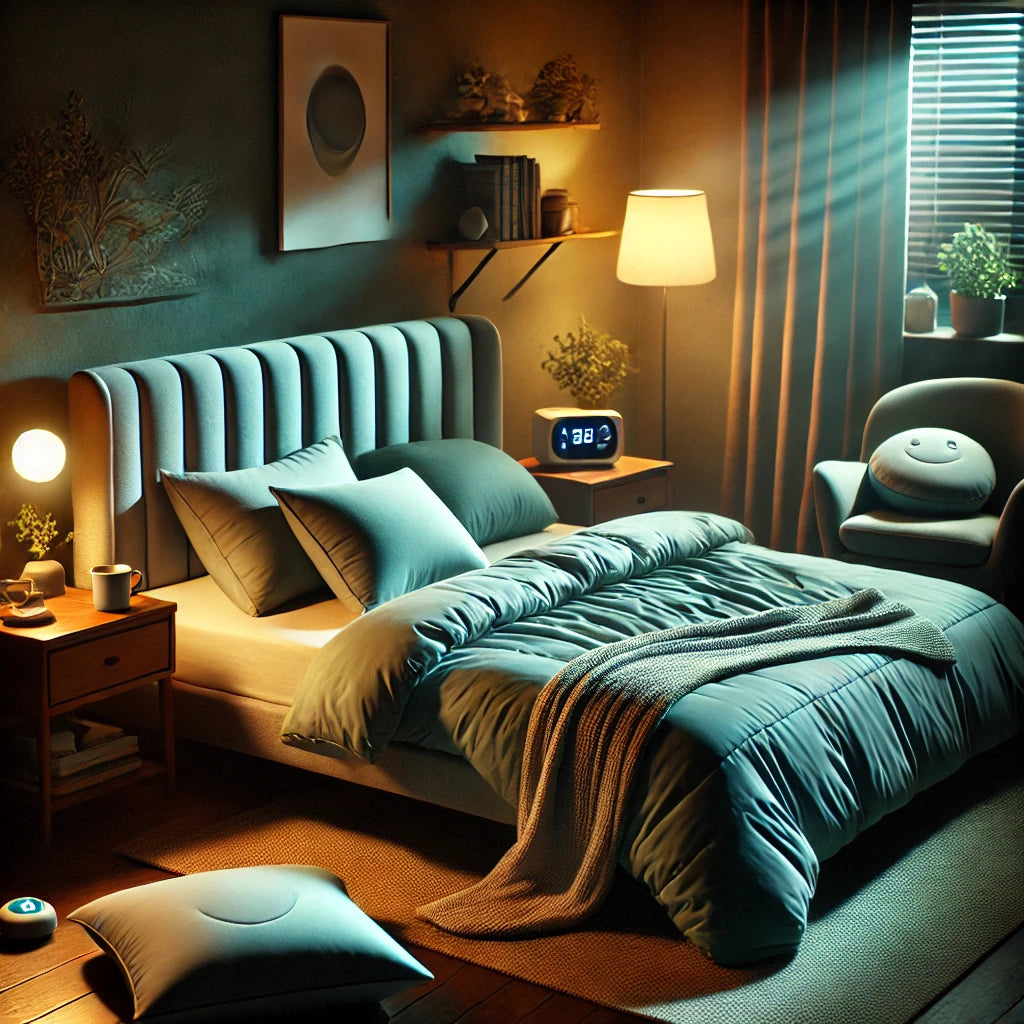Evening Light: Exploring Blue, Red, and Yellow Light and Their Effects on Sleep

The type of light we expose ourselves to in the evening can significantly impact our sleep quality. Different colours of light—specifically blue, red, and yellow—have varying effects on our body’s natural sleep-wake cycle. Understanding these differences can help us make better choices for a restful night’s sleep.
Blue Light
Characteristics: Blue light has a short wavelength and is high in energy. It is commonly emitted by digital screens (phones, tablets, computers), LED lights, and fluorescent lighting.
Effect on Sleep: Blue light is known to be the most disruptive to sleep. It suppresses the production of melatonin, the hormone responsible for regulating sleep. This suppression can delay sleep onset and reduce overall sleep quality. Exposure to blue light in the evening tricks the brain into thinking it’s still daytime, making it harder to wind down and fall asleep.
Mitigation Strategies: To reduce blue light exposure in the evening:
- Limit the use of electronic devices at least an hour before bed.
- Use blue light filters on devices or enable night mode settings.
- Consider wearing blue light-blocking glasses if you must use screens.
Red Light
Characteristics: Red light has a longer wavelength and less energy than blue light. It is less intense and more soothing to the eyes.
Effect on Sleep: Red light has the least impact on melatonin production and circadian rhythms. Some studies suggest that red light can promote relaxation and improve sleep quality. It is less likely to interfere with the body’s natural sleep signals, making it a good choice for evening lighting.
Practical Applications: Using red light in the evening can help create a calming environment conducive to sleep. Consider using red light bulbs or lamps in your bedroom to prepare your body for rest.
Yellow Light
Characteristics: Yellow light falls in between red and blue on the light spectrum. It has a medium wavelength and energy level. Traditional incandescent bulbs often emit a warm, yellowish light.
Effect on Sleep: Yellow light is less disruptive than blue light but more so than red light. It can still impact melatonin production, though to a lesser extent than blue light. Yellow light provides a balance, offering a warm and cosy ambience that is less likely to interfere with sleep than blue light.
Best Use: Yellow light can be a good compromise for evening lighting. It creates a warm and inviting atmosphere without significantly disrupting sleep. Consider using warm, dimmable yellow lights in your living spaces and bedroom as you wind down for the night.
Which is Best for Evening?
Red light is the best option for promoting sleep when choosing evening lighting. Its minimal impact on melatonin production and soothing properties make it ideal for creating a sleep-friendly environment. Yellow light is also a good choice, providing a warm atmosphere with a moderate impact on sleep. Blue light, on the other hand, should be minimised in the evening to avoid disrupting your natural sleep-wake cycle.
Tips for Evening Light Management
-
Create a Red or Yellow Light Environment: In the evening, use red or warm yellow lights to signal to your body that it’s time to relax and prepare for sleep.
This Irish business Everambr, is leading the way with their blue light blocking cult glasses and their sleep line glasses HERE
- Limit Blue Light Exposure: Reduce screen time and avoid bright, blue-tinged lights close to bedtime. Use filters or night mode settings on electronic devices.
- Dim the Lights: Lower the intensity of your lighting as the evening progresses. Dimmable lights can help create a gradual transition from day to night.
- Establish a Routine: Develop a consistent evening routine that includes dimming lights and reducing screen exposure to signal your body that it’s time to wind down.
By understanding the effects of different light colours and making mindful choices about evening lighting, you can create an environment that supports better sleep and overall well-being.
We are SiEST Sleep and your sleep matters to us.



